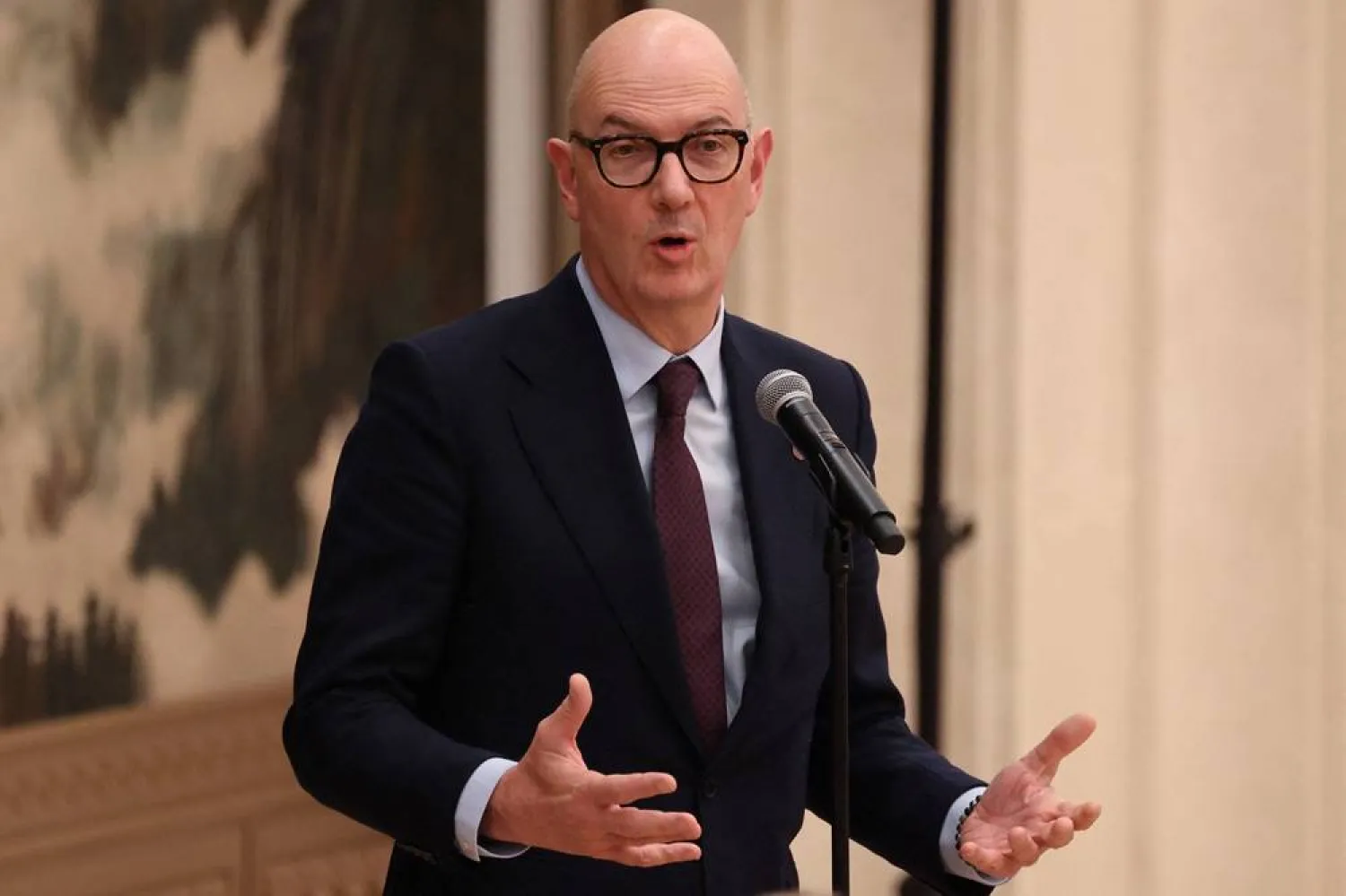Gold prices rose on Thursday as US auto tariffs ratcheted up global trade tensions ahead of an April 2 deadline for reciprocal tariffs from the world's largest economy.
Spot gold was up 0.3% at $3,028.65 an ounce, as of 0650 GMT. US gold futures gained 0.5% to $3,036.10.
US President Donald Trump on Wednesday unveiled a 25% tariff on imported cars and light trucks starting next week, widening the global trade war.
Investors feared that Trump's reciprocal tariffs, expected to take effect on April 2, might fuel inflation, slow economic growth and heighten trade tensions.
Concerns over Trump's tariff policies catapulted gold to a record high of $3,057.21 on March 20.
Aakash Doshi, global head of gold at SPDR ETF Strategy, expects gold will breach $3,100 in the second quarter and "the market could potentially push another 8%-10% higher by end-2025 if the current macro and physical market tailwinds sustain for the yellow metal."
Goldman Sachs on Wednesday raised its end-2025 gold price forecast to $3,300 per ounce from $3,100, citing stronger-than-expected ETF inflows and sustained central bank demand.
Investors await the US personal consumption expenditures data, due on Friday, which could shed more light on the US interest rate path.
"The March high near $3,057 is immediate resistance for gold prices. The $3,100 figure follows next," said Ilya Spivak, head of global macro at Tastylive.
Last week, the US central bank held benchmark interest rate steady, but indicated it could cut rates later this year. Non-yielding bullion tends to thrive in a low interest-rate environment.
Minneapolis Federal Reserve Bank President Neel Kashkari said that while the US central bank has made a lot of progress bringing inflation down, "we have more work to do" to get inflation to the Fed's 2% target.
Spot silver rose 0.1% to $33.73 an ounce, platinum fell 0.4% to $970.34 and palladium lost 0.5% to $963.03.









